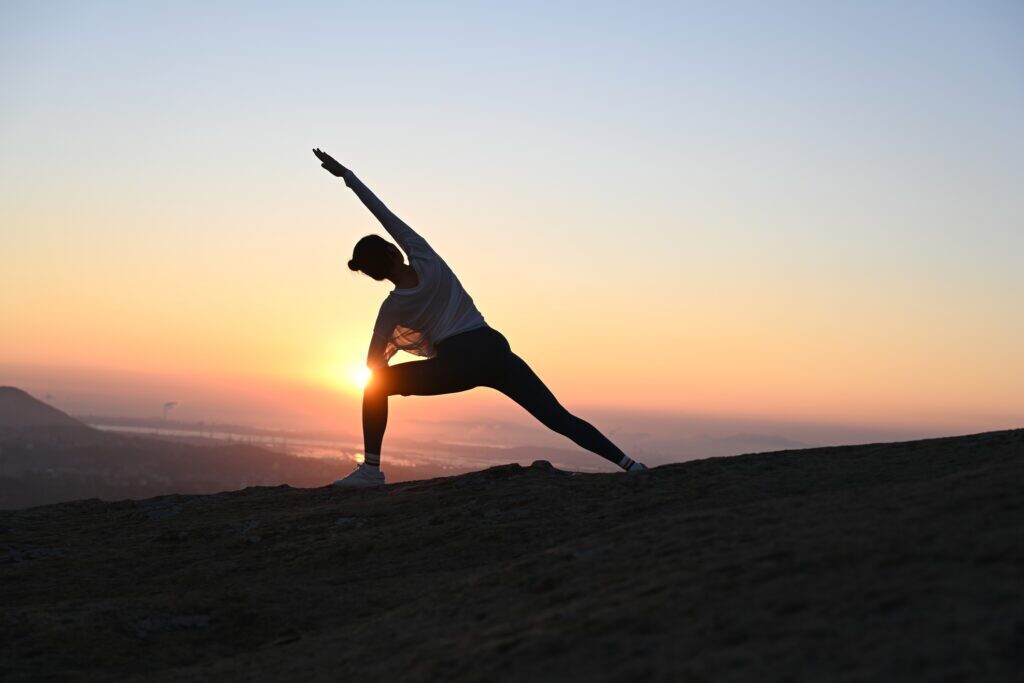Running News Daily
Running News Daily is edited by Bob Anderson. Send your news items to bob@mybestruns.com Advertising opportunities available. Train the Kenyan Way at KATA Kenya and Portugal owned and operated by Bob Anderson. Be sure to catch our movie A Long Run the movie KATA Running Camps and KATA Potato Farms - 31 now open in Kenya! https://kata.ke/
Index to Daily Posts · Sign Up For Updates · Run The World Feed
Dynamic vs. static stretching: Which is better?
Both have benefits depending on when and why you’re stretching.
Stretching is an essential component of any runner’s routine, aiding in flexibility, performance, and injury prevention. When it comes to stretching, there are two main techniques: dynamic stretching and static stretching, each offering distinct advantages for runners.

Dynamic stretching
Dynamic stretching involves controlled movements that mimic the actions of the activity about to be performed. This type of stretching is particularly advantageous for runners as it helps warm up the muscles and joints, increasing blood flow and heart rate.

The continuous, rhythmic motions of dynamic stretches prepare the body for the impending workout by improving range of motion and promoting better neuromuscular coordination. Leg swings, high knees, and walking lunges are examples of dynamic stretches. They activate the nervous system, enhancing muscle responsiveness and power output. Incorporating dynamic stretching into a pre-run routine can lead to improved performance and reduced risk of injury.
Static stretching
Static stretching entails holding a stretch for a prolonged period, usually 15-60 seconds. While static stretching can be beneficial post-workout for enhancing flexibility and aiding in recovery, its application before a run is debated. Some studies suggest that performing static stretches before a run might lead to decreased muscle power and performance due to temporarily relaxed muscles. However, static stretching post-run, when muscles are warm and pliable, can help prevent muscle imbalances and maintain overall flexibility.
Dynamic vs. static: a balance
The key is to find the right balance between dynamic and static stretching. Pre-run, focus more on dynamic stretches to elevate heart rate and activate muscles. Gradually transition into movements that mimic the running stride to enhance range of motion and promote blood flow to the muscles. As the body warms up, these dynamic stretches should become more running-specific, such as leg swings or high knee marches.
Post-run, static stretching can be incorporated to improve flexibility and maintain muscle health. Stretching muscles that have been worked during the run, such as hamstrings, quads, and calves, can aid in recovery and prevent tightness. Holding stretches for 15-60 seconds without bouncing can gradually improve muscle length over time, reducing the risk of injury and enhancing overall flexibility.
by Brittany Hambleton
Login to leave a comment




